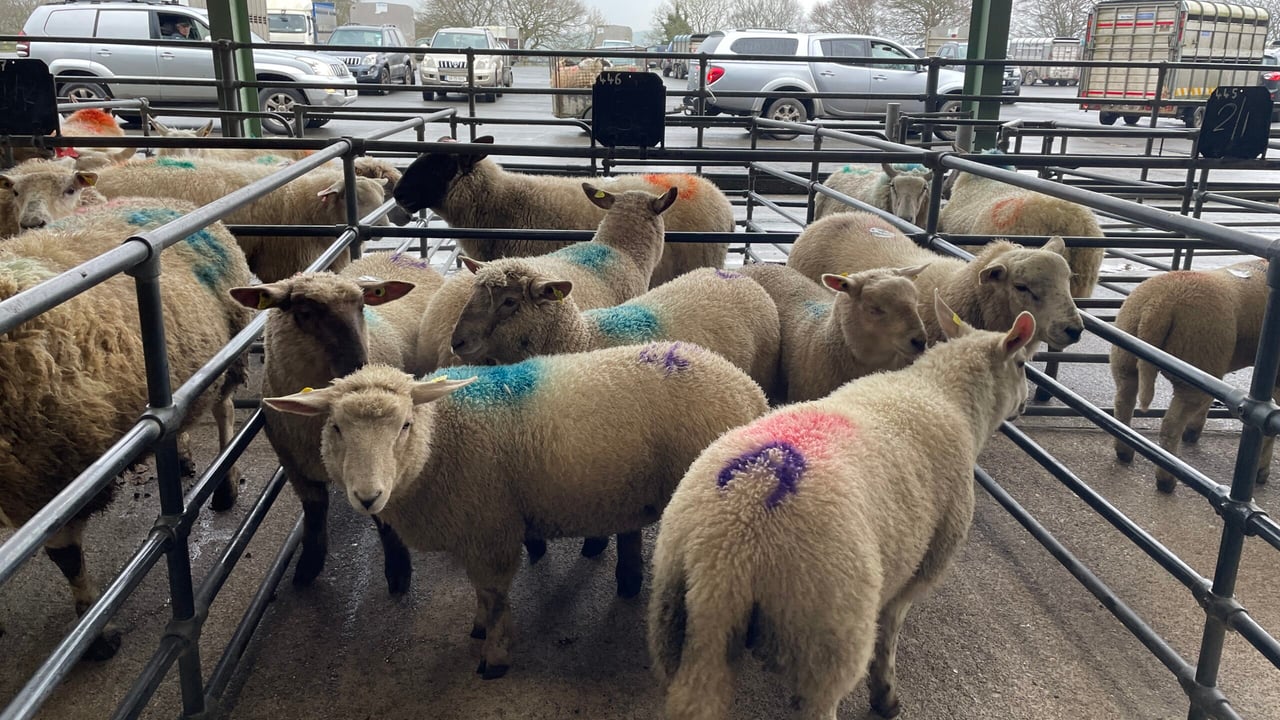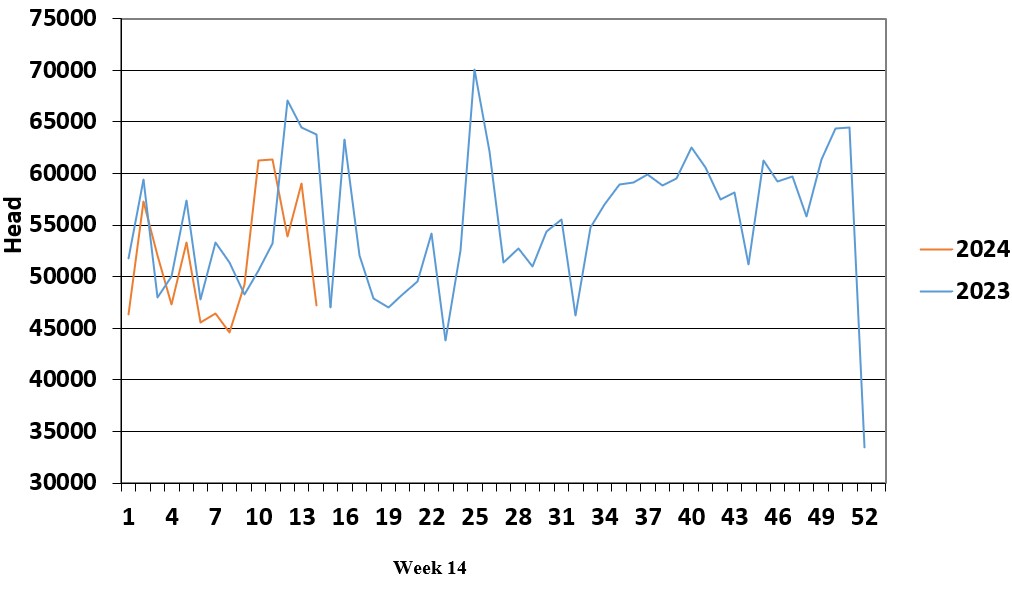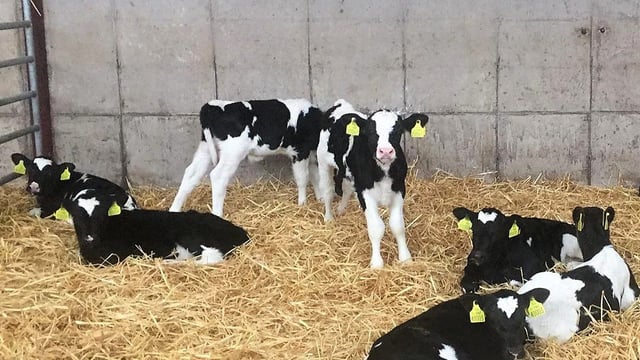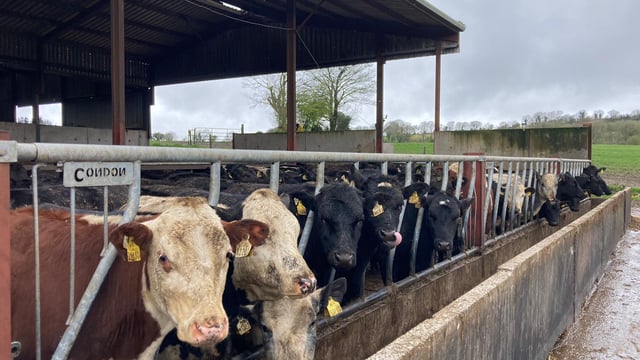Sheep kill: Spring lamb prices increase while supplies remain low
While spring lamb numbers this early in the year are remaining scarce, those being processed are fetching increased prices from processors.
While the bulk of this year's spring lambs were slaughtered during the first week of January 2024, while categorised as spring lamb by the Department of Agriculture, Food and the Marine (DAFM), those lambs were a carryover from last year's crop.
Therefore, the newer crop of spring lambs are now being processed, with just 757 being slaughtered last week (ending Sunday, April 7).
Bord Bia stated "tighter supplies are expected until the 2024 lamb crop starts to come forward for processing in significant numbers."
The table below gives an overview of the sheep kill for week 14 and the cumulative kill to date this year, compared to the same time period in 2024:
| Type | 2024 week 14 | 2024 cumulative | 2023 weekly | 2023 cumulative | Weekly difference | Cumulative difference | 24 vs. 23 % weekly difference | 24 vs. 23 % cumulative difference |
|---|---|---|---|---|---|---|---|---|
| Lambs/hogget | 42,891 | 644,962 | 57,467 | 686,232 | -14,576 | -41,270 | -25% | -6% |
| Spring lamb | 757 | 10,555 | 1,914 | 4,467 | -1,157 | 6,088 | –60% | 136% |
| Ewes and rams | 3,557 | 69,371 | 4,359 | 75,632 | -802 | -6,261 | -18% | -8% |
| Light lambs | 5 | 49 | 4 | 53 | 1 | -4 | 25% | -8% |
| Total | 47,210 | 724,937 | 63,744 | 766,384 | -16,534 | -41,447 | -26% | -5% |
Last week's shorter processing week on account of the bank holiday Monday at Easter showed the reduced number of sheep slaughtered at factories, reflecting the already tight supply.
The 42,891 hoggets slaughtered last week was 25% lower than the number killed during the same week last year, and the overall supply to-date this year reflecting a 6% decrease compared to 2023.
Taking a look at this year’s throughput figures to date, 724,937 sheep have been processed so far.
Of that figure, 644,962 have been lambs/hoggets, 10,555 were spring lambs, with the rest made up of ewes and rams (69,371), and a small portion of light lambs (49).
The above graph indicates that from the sheep kill figures, supplies this year are still lower than last year.
There have been 724,937 sheep slaughtered to-date in 2024, compared to 766,384 during the same period last year.
This represents a decrease of 41,447 head, and an overall 5% reduction in the supply.






